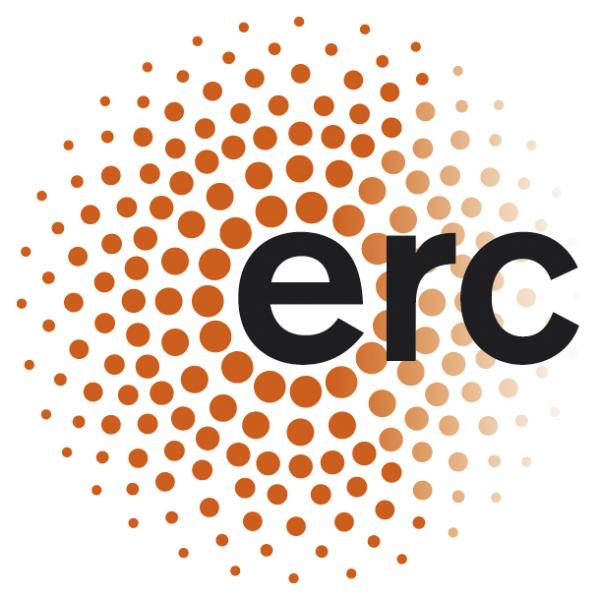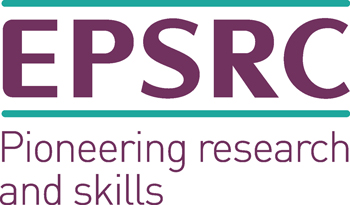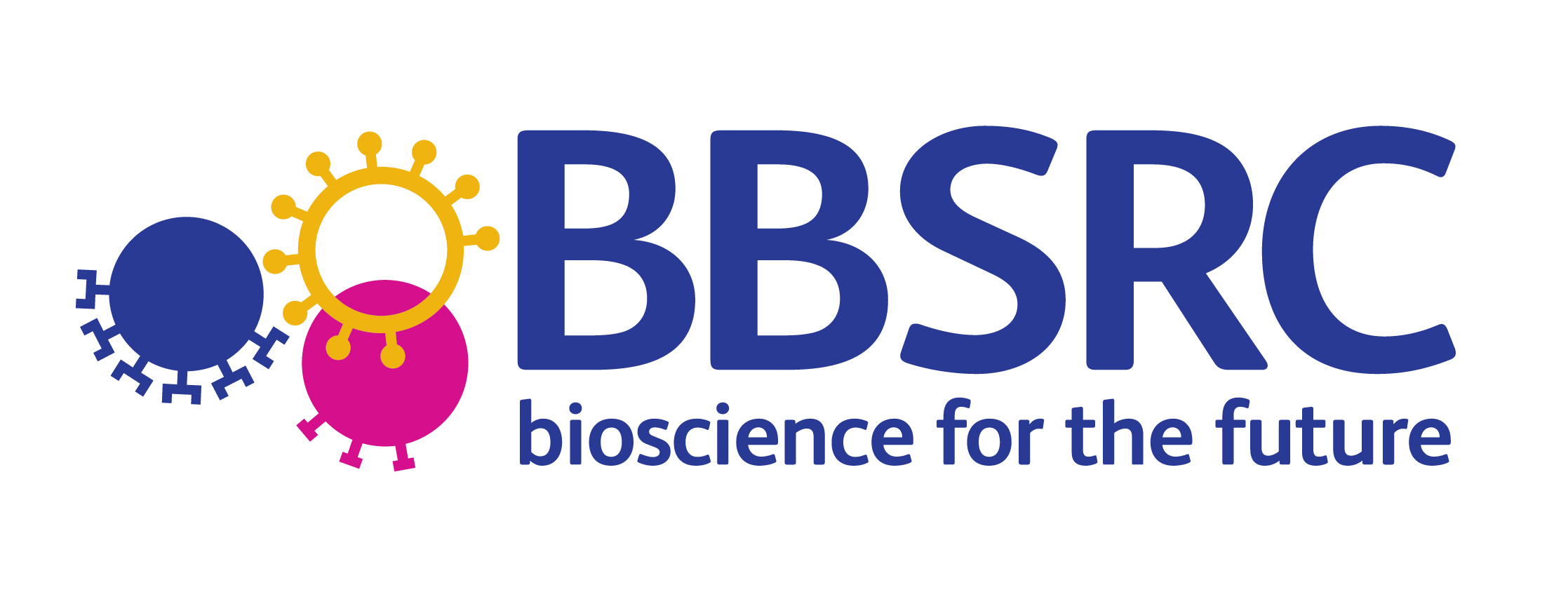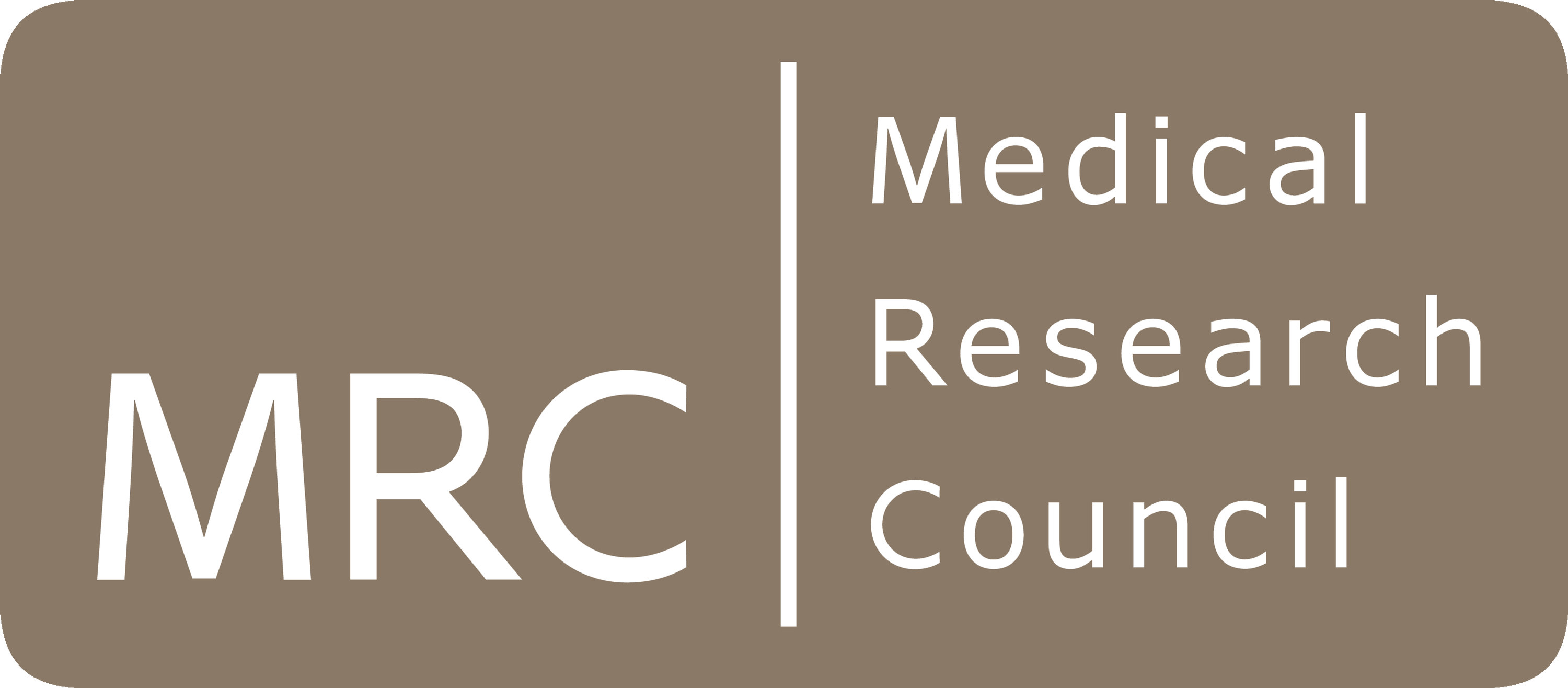Methods
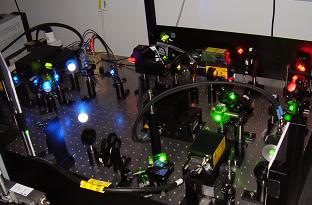
Excitation path for 3-colour ALEX
1. Single-molecule fluorescence spectroscopy
The group uses two microscopy setups for single-molecule fluorescence. The first setup ("Half-dome") is equipped with several lasers lines and is capable of 3-color ALEX measurements in solution as well as objective-based total-internal-reflection fluorescence (TIRF) measurements. The second setup ("El Capitan") is capable of 2-color ALEX and of prism-based TIRF measurements. Such measurements can be performed both on diffusing or surface-immobilised biomolecules. Read more...
2. Data analysis
We use custom software to detect bursts of fluorescence from time traces of fluorescence intensity. Each burst corresponds to a fluorescent molecule as it transits through a small, ~1 femtoliter confocal volume in solution. We are improving burst detection algorithms to better discriminate "real" bursts from background fluctuations, especially when using ALEX spectroscopy.
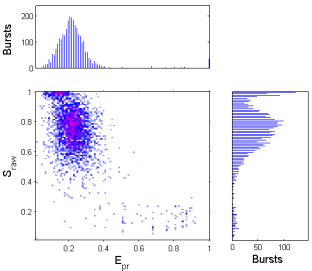
ALEX burst analysis
Data analysis for TIRF-ALEX measurements require advanced image analysis techniques: image registation, particle tracking and accurate data extraction. We are improving the analysis accuracy and automation, maximising data extracted whilst minimising user interaction.
Simulation
A tight interplay between simulations and experiments can be advantageous: whereas in a single-molecule experiment one often has to deal with a complex superposition of different effects, simulations can address them individually. Our simulation covers quite a range of parameters such as:
- diffusion of single fluorescent molecules
- species with different degree of labelling
- TCSPC / ALEX excitation schemes
- FRET / triplet states
- conformational changes between molecules
3. Molecular Biology and Biochemistry
The laboratory is well equipped for standard molecular biology and biochemistry assays and techniques such as gene cloning, mutagenesis, plasmid amplification, polymerase chain reaction (PCR), agarose and polyacrylamide gel electrophoresis, nucleic acid synthesis, protein expression and purification, biomolecular labelling and purification.

Wet lab setup
These capabilities are supported by various centrifuges, an autoclave, a cold room and a -80°C freezer. Most of the protein and nucleic acid purification is performed on a liquid chromatography system (FPLC) equipped with various columns for gel-filtration, ion-exchange and reverse-phase chromatography.
For spectroscopic characterisation of biomolecules, we use a UV-Vis absorbance spectrophotometer for small volumes (1-2 Ál); a fluorescence spectrometer equipped with fluorescence anisotropy capabilities; a camera-based gel documentation system; and a gel scanner equipped with 3 excitation lasers.

